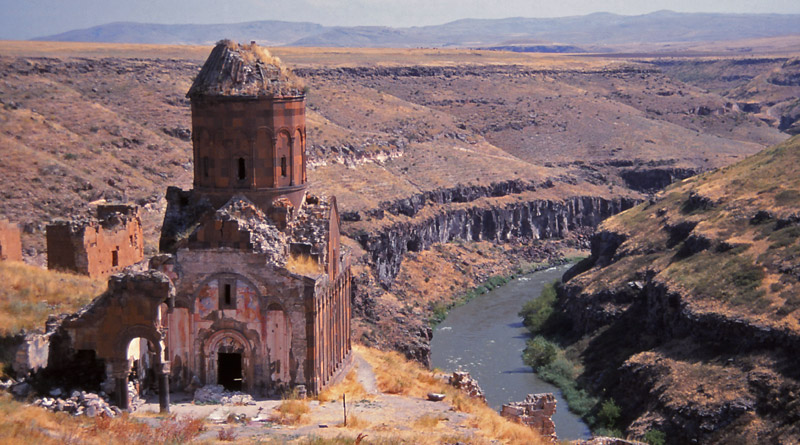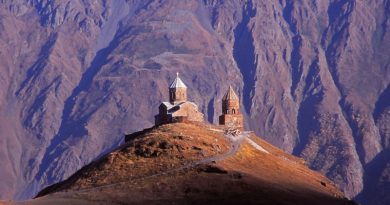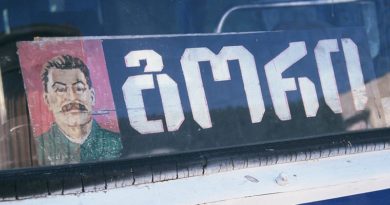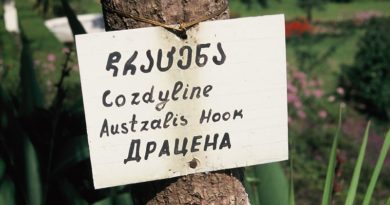Ani: City of Ghosts
| Travel in a time of coronavirus I started this blog as a celebration of travel and our crazy, fabulous planet, but with borders closed by Covid-19 any new adventures are on hold. So, in the meantime, I’ll be delving into my diaries and dusting off my old 35mm slides to bring you some stories and photos from the past 25 years. |
I’ll never forget the first time I laid eyes on Ani.
Maybe it was her location on a remote plateau next to one of the world’s most politically charged borders.
Maybe it was her melancholy beauty or the tragic, blood-soaked stories I’d been reading about her past.
But more likely it was the twitchy Turkish soldier following me with a rifle to make sure I didn’t forget the strict no-photos rule.
If I couldn’t capture Ani in photographs I decided I’d commit her to memory instead. And there she has stayed, a ghost city from a long-forgotten empire forever etched in my mind.
· · · · ·
My first visit to Ani, a ruined city built 1600 years ago in what is now Turkey’s far east, was just months before the fall of the Berlin Wall in 1989.
At the time was Turkey was one of only two NATO countries which shared a border with the Soviet Union. The other was in the Arctic so it hardly counted.
It wasn’t just a border of barbed wire and watch towers, it was an ideological dividing line between bitterly opposed political systems.
Tourists were allowed into the ruins but under strict conditions.
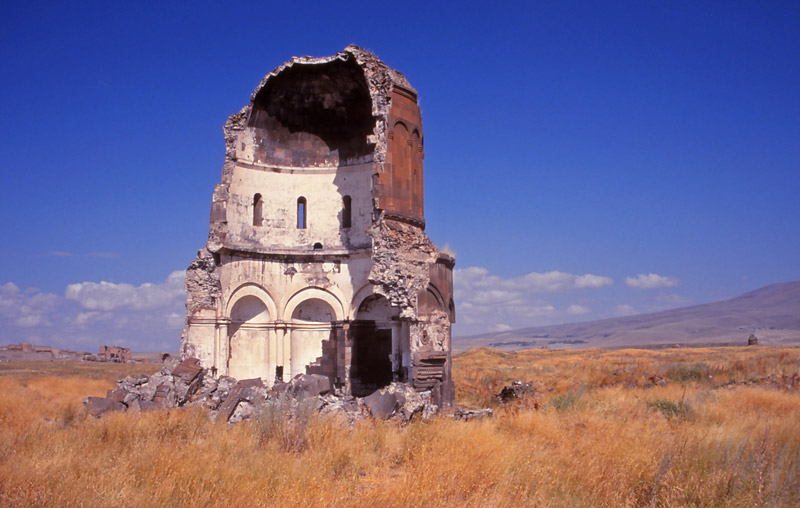
First I had to register with the authorities in Kars, at that time a grim garrison city 1400km east of Istanbul.
Then I squeezed into a minibus with a handful of tourists for a 45km trip on an extraordinarily potholed road, much of which followed the Soviet border.
The frontier was marked by a grey ribbon of razor wire punctuated every kilometre by watchtowers raised on spindly steel legs. They looked sinister, like fighting machines from HG Well’s The War of the Worlds.
Once we arrived at Ani our passports were inspected again and we were issued with a stern list of instructions.
No eating. No waving. No staring or pointing at the border. No standing too long in one spot and definitely no photos. A soldier would accompany us and make sure we followed the rules.
We were given two hours to explore the site. It was nowhere near enough but I was grateful for any time at all with Ani, and I didn’t mind the the rules — with one exception.
“Oh God if only I had my camera!” I wrote in my diary that evening.
· · · · ·
From AD961-1045 Ani was the capital of the mighty Bagratid Empire which ruled present-day Armenia and much of what is now eastern Turkey.
With a population of more than 100,000 Ani was one of the world’s biggest cities, rivalling the great metropolises of the time such as Constantinople, Baghdad and Cairo.
Ani’s Armenian rulers celebrated their power by building soaring stone churches. They built so many Ani became known in the medieval world as the City of 1001 Churches.
Then, as in the 20th century, Ani was at the crossroads of competing empires.
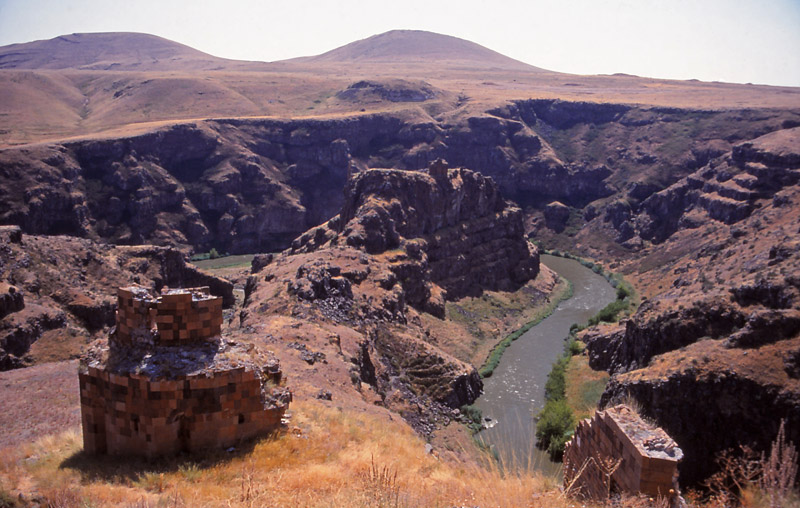
As the Bagratid Empire’s power waned invaders repeatedly breached the city walls, slaughtering Ani’s inhabitants and carrying off their riches.
The final blows were dealt by a Mongol invasion in 1236 and a powerful earthquake in 1319.
The redrawing of the world’s borders at the end of World War I brought another indignity. Despite protests from the Russians and Armenians the ruins ended up in Turkey.
Since 1918 the river which once protected Ani’s flanks has formed part of Turkey’s eastern border, first with Russia, then the Soviet Union, and more recently Armenia.
· · · · ·
Today the site where Ani was built more than 1600 years ago is still enclosed by formidable city walls on one side and a canyon carved by the twisting Arpa River (Akhuryan in the Armenian language) on the other.
All that remains of the city, however, is a desolate plateau sprinkled with ruined churches.
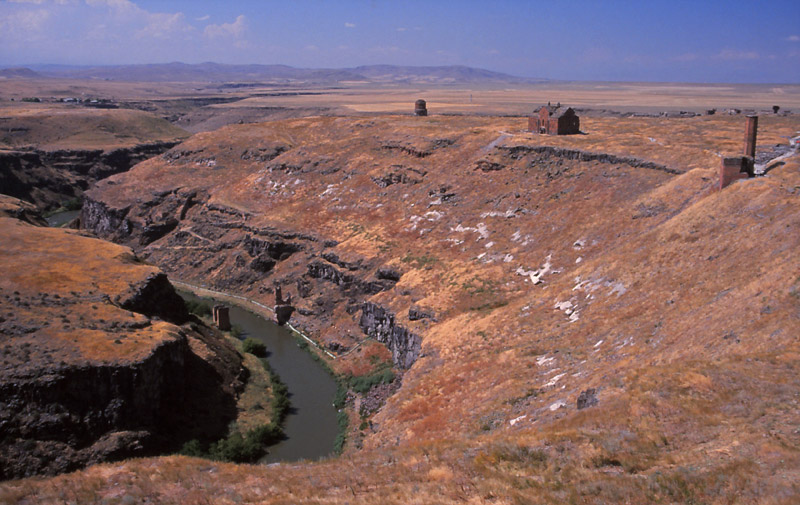
The oldest, built with blocks of tufa limestone in yellow, red, brown and black, date back to the 900s. Some retain traces of the frescoes which once covered their interiors, though over the centuries many have fallen victim to vandals.
The most imposing ruin is a cathedral built in AD989-1001 of brown and black banded stone with a high arched roof and a collapsed dome framing a perfect circle of sky.
Another church, The Holy Redeemer, was built in 1035 with a towering dome on a 19-sided base to house a fragment of the True Cross. It was split in half by lightning in the 1950s and looks ready to collapse in the next storm or tremor.
· · · · ·
Another sight that’s etched in my mind forever — along with the ruins and the watchtowers, close enough to see Soviet soldiers eyeballing me through binoculars — was a Turkish farmer ploughing a field at the edge of the ruins.
He had a silver beard and was wearing a three-piece suit and a cloth cap, the uniform of the Anatolian peasant. He looked ancient. He was trying, with little success and growing frustration, to coax a reluctant donkey to drag a plough across a patch of stony land.
On the other side of the river I could see three gleaming red combine harvesters harvesting a field of wheat in the Soviet Union and unloading the grain into three giant trucks.
It wasn’t just a border separating different political systems, it was a dividing line between different centuries.
· · · · ·
When I went back to Ani in 2004 the Soviet Union no longer existed.
The border was still tense though this time the animosity was not between a NATO member and a Communist state but between two historical enemies, Turkey and Armenia.
Photos are permitted these days and the watch towers have been demolished, but the border is as firmly closed as ever.
As a result Ani remains just out reach of the Armenians whose ancestors built it. The closest they can get is a viewing platform on the other side of the river.
A large sign at the gates of Ani offers a chronology of the civilisations that ruled the city. It does not list the Armenians. They have been expunged from Turkey’s version of history.
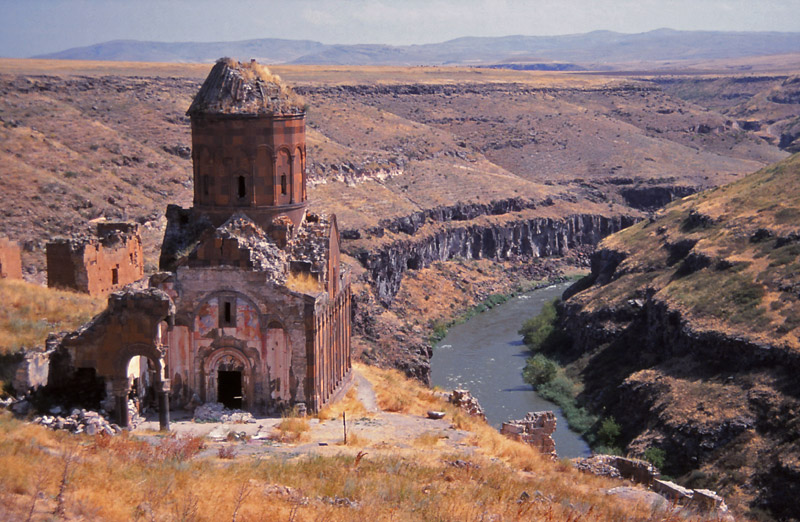
Another thing which had changed in the years since my first visit to Ani, apart from the no-photos rule, is Turkey’s economy.
The roads and infrastructure of eastern Turkey had improved beyond recognition. There were no more peasants at the edge of the ruins prodding uncooperative donkeys, and the potholed track from Kars to Ani had been replaced by a four-lane highway.
These days the Turkish government makes friendly noises about preserving Ani for future generations. Vandalism and shoddy restoration are no longer the norm but the country still gets low marks from international organisations for its care of the ruins. At best you could call it benign neglect.
Despite that Ani is an amazing place to visit. This ghost city’s eerie ambience, tragic history and remote setting next to a fraught border make it one of the must-sees of eastern Turkey.
Practicalities
When I first visited in 1989 the only way to reach Ani was by organised minibus tour from Kars or Doğubayazıt and the road was diabolical.
These days there’s a four-lane highway all the way from Kars to Ani (45km) and getting there is straightforward.
According to Wikitravel a minibus leaves from the front of Antik Cafe (at the corner of Faikbey Caddesi and Gazi Ahmet Muhtar Paşa Caddesi) in Kars at 9am and 1pm daily in summer. You get about two hours at the ruins before the minibus returns. In winter the minibus departs at 10am only.
There’s still no accommodation near Ani and limited options for eating so bring your own food and plenty of water.
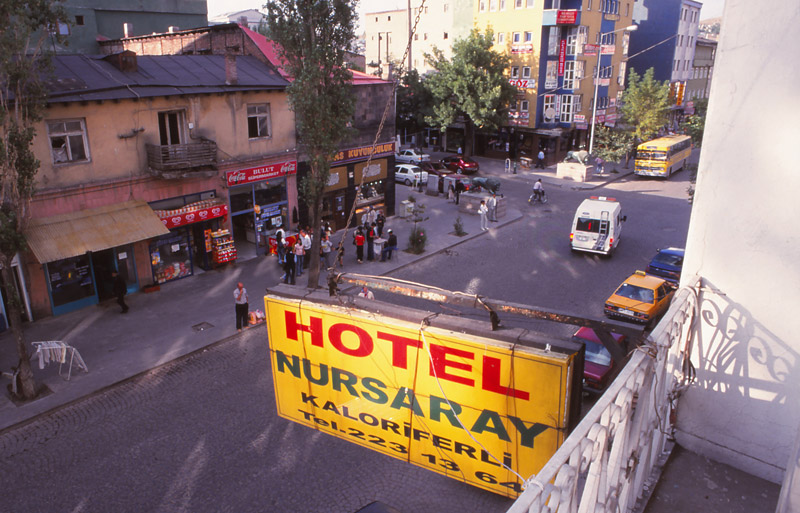
Kars, the most suitable base for visiting Ani, is about 1400km east of Istanbul.
From Istanbul regular high-speed trains take just 3½ hours to get to Ankara; from there a daily direct train to Kars (Doğu Ekspresi or Eastern Express) leaves at 6pm and arrives 24 hours later. Check out the Turkish railways website for an up-to-date timetable.
Turkish Airlines, Pegasus and AnadoluJet fly from Istanbul and/or Ankara to Kars.
June is apparently the most spectacular time to visit Ani because the plateau teems with wildflowers in late spring.
For more reading check out The Atlantic’s The Ancient Ghost City of Ani or the BBC’s fabulous wintertime photo essay in The Empire the World Forgot.

